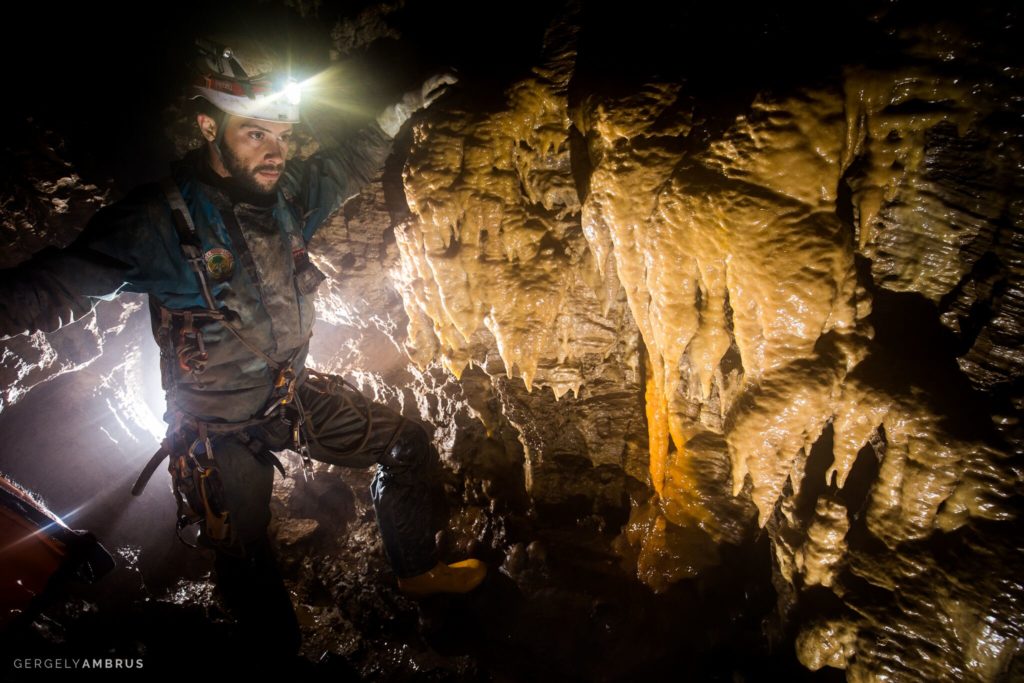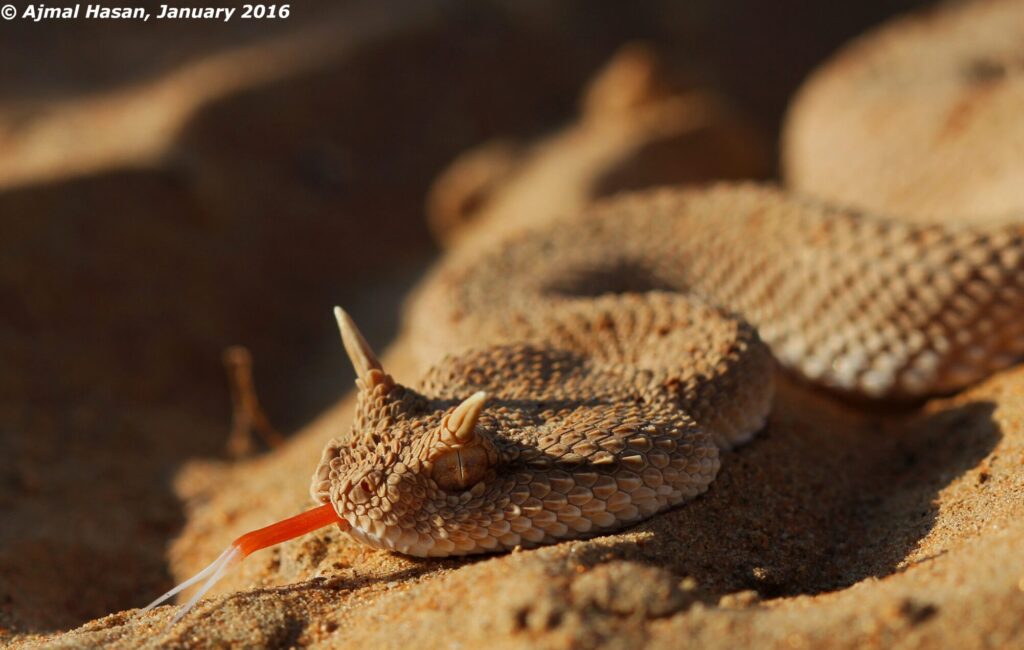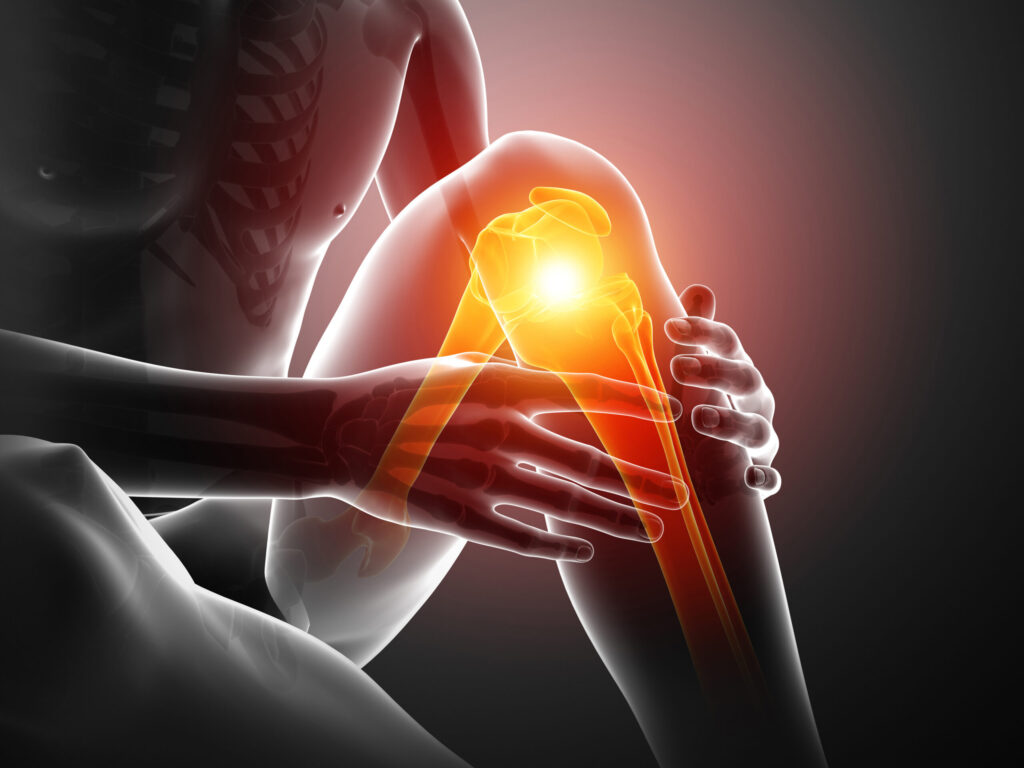I FOUND PURPOSE IN TRAUMA
Toufic Abou Nader: Explorer, Adventurer, Keynote Speaker on Purpose
Together, we are going to explore ways to repurpose fear, rethink grit and redefine discomfort. Each event, whether in person or online, is underscored by true stories of the hurdles, setbacks and heartache I experienced as a hiker, climber, caver, diver and adventurer and how I survived, endured and mastered them. The only gear you need to pack is a willingness to hear my challenges, consider your obstacles and listen for your potential with open eyes and ears.
REPURPOSE FEAR

We look at our shadows, reprogram our response to fear and successfully navigate our innermost cave.
A TRUE GRIT TOOLKIT

It takes true grit to face adversity. The True Grit Toolkit keynote will help you hone your own true brand of bravery.
VOLUNTARY DISCOMFORT

Becoming comfortable with being uncomfortable is a skill that can be learned, but must also be earned.
What is fear? Can we overcome it; master it or even embrace it? Is fear inherited, learned or something else? Should we avoid it at any cost? When do apprehension and hesitance transition from being necessary for our safety and security to becoming obstacles on our life and leadership path?
Your individual answers to those questions will be different from at least 7 billion others. But neuroscientists and psychologists agree that our response to fear falls into one of three general categories: flee, fight or freeze. That’s a universal experience and where our keynote journey begins.
Our approach to fear, our preparedness for it and our intimacy with it, are nearly never discussed. Why is that? Can we turn our relationship with fear — our fear of fear — to our advantage? Can we redefine it and fine tune our responses to it so as to become more resilient, more present, more outgoing and adventurous in our lives.
I have frozen, fought and fled in a span of twenty minutes.
In the Repurpose Fear Keynote I tell the story of my expedition to the world’s deepest cave; the trauma of having to hold my breath due to an equipment malfunction, and diving through a barely passable subterranean tunnel filled with freezing cold, muddied water. It left a permanent mark on me but it did not redefine me — it redefined my relationship with fear.
In Repurpose Fear Keynote, I take the audience through:
- my ordeal in the world’s deepest cave: when I froze, why I fled, and how I fought back;
- how I reprogrammed my perception of fear and re-modelled it into a strength;
- the risks and rewards of fearless leadership; and,
- how to partner bravery with fear to become a stronger, more resilient leader.
All of us have grit — bravery, backbone and resolve — to varying degrees.
Some of us are intimately aware of it, others have felt hints of it. This keynote experience, A True Grit Toolkit, begins a journey toward a deeper understanding of what grit is (hint: it’s not muscle or will power), why it matters and how to strengthen yours.
Adversity, crisis and trauma expose the character of our grit, especially when they threaten that which is near and dear to our heart — in my case exploring and adventuring.
In 2015, on an expedition in a remote region of Oman, not far from the Strait of Hormuz, I was bitten by a deadly-venomous carpet viper.
In A True Grit Keynote I tell my story of struggle and survival; from the initial shock of the trauma; to drifting in and out of consciousness; to the fear of, and surrender to, the real possibility of dying; to the discovery of potentially cancerous cells in the bite zone three years later.
In A True Grit Toolkit Keynote, we visit bravery and despair, shock and survival:
- how I endured for three days, made it to a hospital, and how I survived;
- whether grit is inherent in us, or learned by us; and either way, why it is mission critical to grow your grit your own way;
- why change is the one constant in life that builds grit, character and resilience;
- why nurturing your growth mindset requires daring;
- why passion and dedication are not enough;
- what part purpose plays in strengthening your resolve; and,
- how to assemble a grit toolkit with the strengths that work for you.
We crave the comfiest sofa, the driverless car, heated seats, frictionless relationships, zero stress, more days off. We refrain from asking for a raise; we leave our assignments until the eleventh hour; and we want to begin a better diet and regular exercise — next Monday.
Seeking comfort is our top priority.
I collided with a car at high speed at the age of 15. The doctors’ prognosis was that I would suffer the consequences of that accident for the rest of my life. They advised me to accept a new reality without most of the function in one of my legs — a reality with devastating unimaginable physical and mental obstacles consequences to my every activity and passion. Aside from my physical agony I was in shock, depressed and in tears.
In the Voluntary Discomfort keynote, I begin at the beginning:
- with the story of my teenage trauma and the mental battle I found myself in before I’d even reached adulthood.
- We look at how to become comfortable with discomfort;
- how voluntary discomfort can prepare us for involuntary pain;
- what impact the practice of discomfort has on patience, resilience and gratitude;
- the fragility, flaws and illusion of comfort; and,
- the risks of becoming passive when adopting the Voluntary Discomfort Method.
